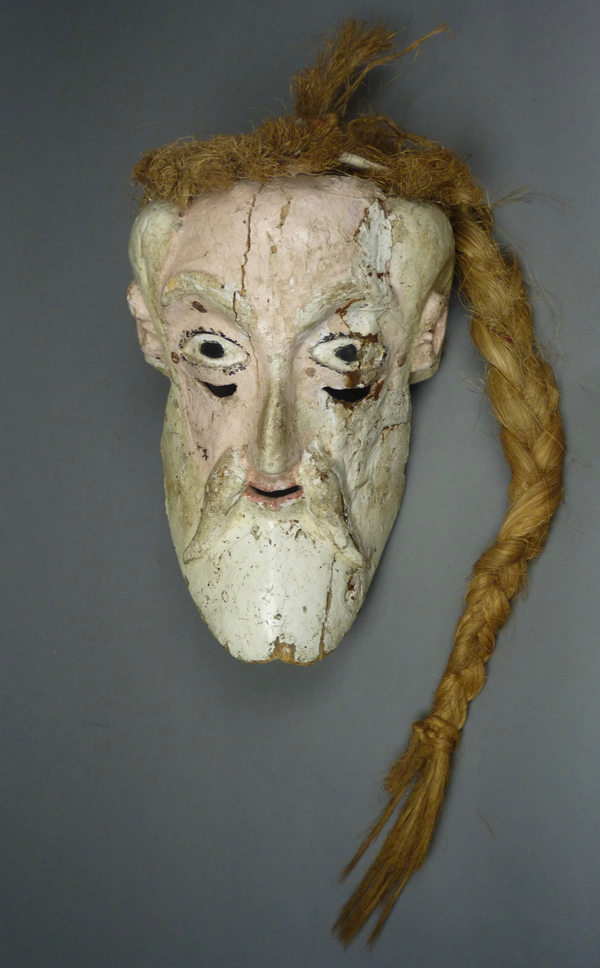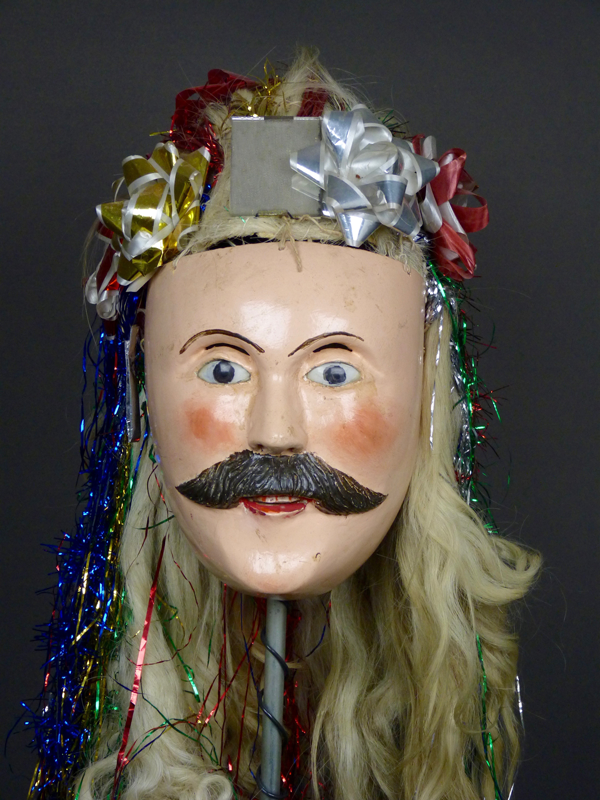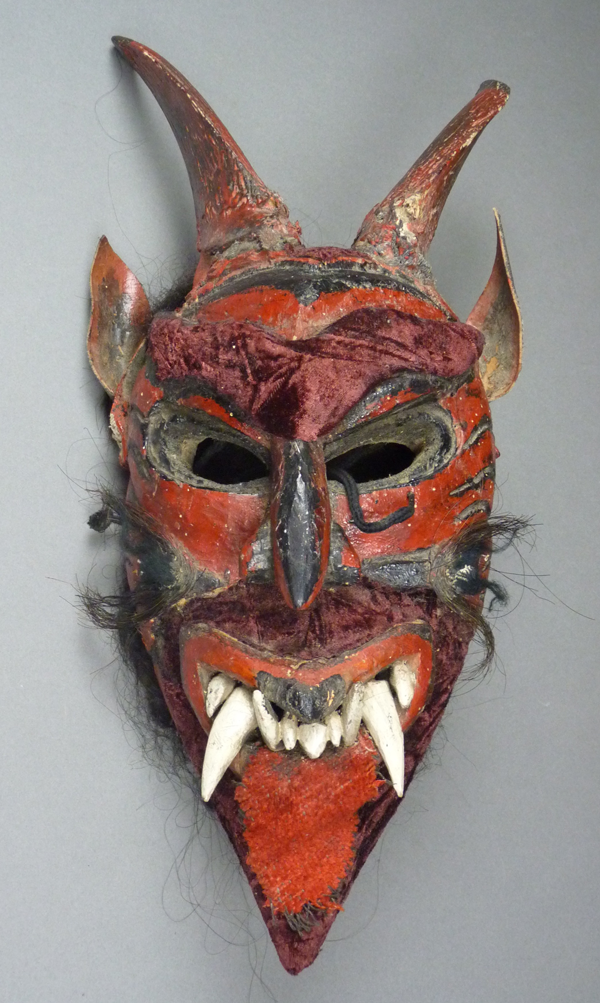The Pastorela performance had its origin in medieval Europe, having been introduced by the Roman Catholic church as a teaching and conversion device. It portrays a very simple Christian message—”Beware of the devil, who is constantly tempting you to sin.” In this play there is at least one Hermitaño figure, a religious hermit. In the European tradition of Christian mysticism, some ascetics withdrew from society to better focus on their desire to commune with God. A very famous European mystic was Saint Francis of Assisi. The Hermitaño figure appears to have been modeled on such mystics. However, the hermit of the Shepherd’s Play is also a comic figure, alternately joking and serious.
Another character from the European Pastorela tradition was Bato, the foolish shepherd. In this drama, Bato seemed to personify ordinary humans who are susceptible to temptation, prone to sin, and therefore perceived by the Church as at risk for eternal damnation. In North American and Mexican versions of the Pastorela, this character is called “Bartolo.” In the drama, the devils are constantly tempting Bartolo, he appears to be gullible, and the Hermitaño is constantly advising Bartolo to resist the devils’ wiles. Angels and archangels also participate as necessary, to limit the devils’ power. As I noted in earlier posts, these characters have been expanded, so that one finds entire corps of Hermitaños, squadrons of shepherds, shepherdesses, or “ranchers,” and choirs of Angelitos.
Today I will include two more Hermitaño masks and then three that were worn by the Bartolo character.
Here is the first Hermitaño. I got this mask from John Kania and Joe Ferrin, of Santa Fe, in 1998. It is from Panindícuaro, Michoacán, the principal city of a municipio of the same name, which is about 50 miles west of Morelia.

This is a finely crafted mask, with almost all features carved in relief. It appears to be the work of a santero (a carver of saints), and must be fairly old, perhaps from the middle of the 20th century or earlier. The wood has split and cracked.
Continue Reading →




